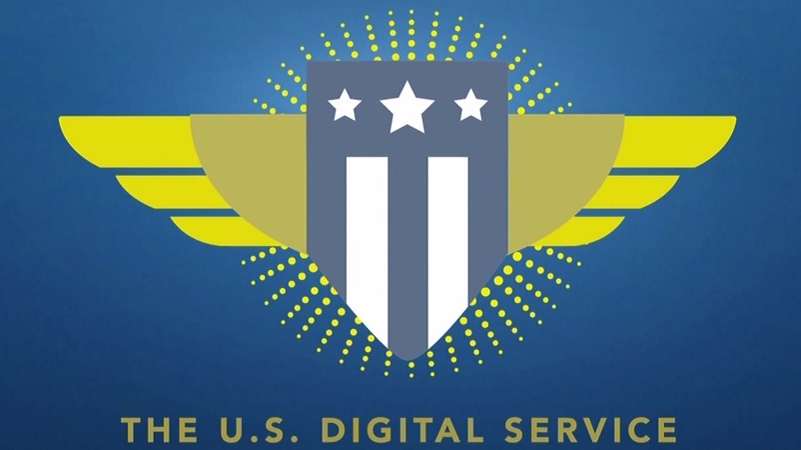
The United States Digital Service (USDS) has been “laser-focused” on its mission to deliver better government services to the American people through technology and design since August 2014.
USDS does this by partnering with Federal agencies to create, update, redesign, reimagine, and transform government services for the better, USDS Administrator Mina Hsiang wrote in an article celebrating her agency’s ninth birthday.
“Our teams are a mix of engineers, data scientists, product managers, designers, procurement specialists, communicators, talent professionals, and operators, and over the past nine years, we’ve grown from a handful of folks to more than 200 professionals,” Hsiang wrote.
“Through that time, we have enabled the delivery of dozens of improved services and supported the curation and formation of digital service delivery teams to expand and continue this important work – creating long-term impact in the Federal Government,” she said.
The agency chief highlighted nine forward-thinking projects USDS has spearheaded since its inception by the White House in 2014 to ensure the government delivers more “simple, seamless, and secure services.”
USDS has had a partnership with the Department of Veterans Affairs (VA) since it began nine years ago, helping the VA re-launch its main website that allows veterans to access services.
In 2021, USDS supported the VA in launching a mobile app to allow users to check benefits, book appointments, message healthcare providers, and look at lists of payments.
Since 2016, USDS has partnered with the White House’s Office of Federal Procurement Policy to help Feds smartly buy technology.
The Digital Information Technology Acquisition Professional Program helps contracting professions across the government learn and use best practices, like saving money, improving security, and bettering outcomes for the public.
USDS also played a large role in the government’s rapid response during the COVID-19 pandemic. The agency began its partnership with the Centers for Disease Control and Prevention (CDC) in 2019 to help them create tools and programs that connect labs and care providers to public health departments and send cleaner, faster information to state, territorial, local, and Tribal health departments.
Some of that work has included creating pandemic-ready data pipelines and systems to support local public health departments and the CDC to detect better, respond to, and prevent public health emergencies.
More recently, USDS spearheaded the launch of the Social Security Administration’s (SSA) new website.
In late 2022, the combined team unveiled a site that is more intuitive and accessible for the public to accomplish critical tasks, like enrolling in retirement benefits and getting social security cards. Customer satisfaction scores have increased 15 percent at SSA, the article notes.
USDS has long has a partnership with the Centers for Medicare & Medicaid Services (CMS) – since the digital services agency was created in 2014 in part due to CMS’s troubled launch of Healthcare.gov.
Since 2015, CMS and USDS have built a joint team to transform the health agency, from implementing and redesigning critical healthcare infrastructure to modernizing the systems that pay $1 trillion per year in Medicare claims.
Other successful projects from USDS include aiding the Department of Health and Human Services to pilot its life experience programs; creating the Climate and Economic Justice Screening Tool to help agencies understand the impact of climate change; launching a guide for states, territories, and tribes to help reduce burdens for families that need childcare assistance; and helping the nation navigate a critical infant formula shortage.
“We know that every interaction between the Government and the public is an opportunity to deliver the value, service, and efficiency people expect and deserve and to build trust between the public and our Government,” Hsiang concluded. “To do this requires expertise from both Government and industry, implementing the best equitable user experience and modern technology.”
